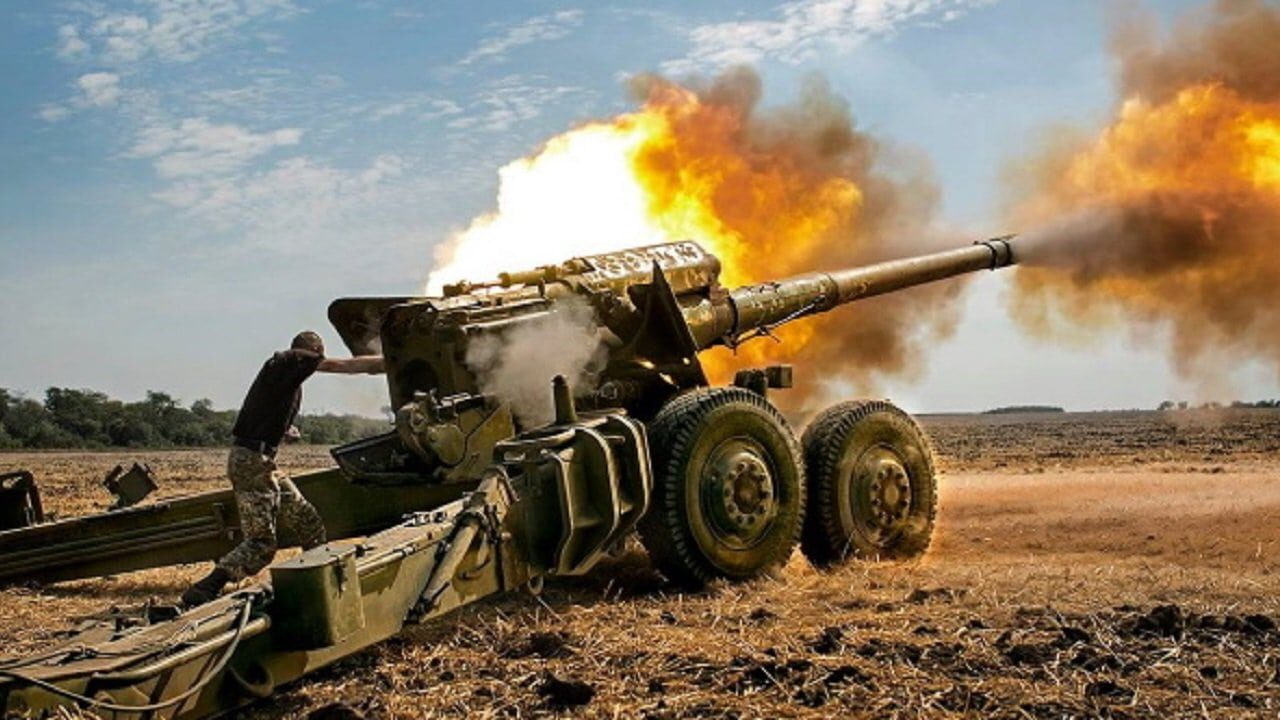Putin is taking some significant casualties and losses in equipment in Ukraine. How far is he willing to go?: It has been 146 days since the Russian invasion of Ukraine began. On Tuesday, the Russian forces continued with their offensive in the Donbas without, however, achieving any significant gains.
Fighting in the Donbas
Coming off their operational pause, the Russian forces are focusing their attention on Siversk (in the north of the Donbas) and Bakhmut (in the south of the Donbas). Moreover, the Russian military is pushing toward the direction of Avdiivka which is located further southwest of Bakhmut.
“The Russian Ministry of Defense’s meeting with the leadership of the Eastern grouping of forces in Ukraine suggests that the Kremlin will not focus on seizing Slovyansk at this stage of the campaign but will instead prioritize attempting to seize Siversk and Bakhmut,” the Institute for the Study of War stated in its latest operational update on the conflict.
The Russian strategy, since Moscow launched its renewed offensive in eastern Ukraine in May, has been to use long-range fires to soften up Ukrainian defensive positions and then send in tanks and mechanized infantry to take and hold territory. The Russian military has managed a certain degree of success through this approach, slowly chipping away at Ukrainian territory in the Donbas. But that has also come at a grave price for the Russian military in terms of casualties.
Russian Casualties
Every day, the Ukrainian military is providing an update on their claimed Russian casualties. These numbers are official figures and haven’t been separately verified.
However, Western intelligence assessments and independent reporting corroborate, to a certain extent, the Ukrainian casualty claims. For example, the Oryx open-source intelligence research page has visually verified the destruction or capture of almost 900 Russian tanks (which amounts to more tanks than the combined armor capabilities of France, Germany, Italy, and the United Kingdom) and more than 4,700 military vehicles of all types; this assessment has been confirmed by the British Ministry of Defense.
The same independent verification exists for most of the other Ukrainian claims. Recently, the Pentagon acknowledged that the Russian military has lost thousands of combat vehicles of all types, including over 1,000 tanks, and dozens of fighter jets and helicopters.
Furthermore, more recent reports that are citing Western intelligence officials indicate that the Russian military has suffered up to 20,000 fatalities in the war so far. Sir Tony Radakin, the British Chief of the Defence Staff, recently told the BBC that the West understands that more than 50,000 Russian troops have been killed or wounded in the conflict thus far. If we were to take the Ukrainian figures as accurate, the number mentioned by Sir Radakin is on the low side of the spectrum.
Yet, it is very hard to verify the actual numbers unless one is on the ground. However, after adjusting for the fog of war and other factors, the Western official numbers are fairly close to the Ukrainian claims.
As of Tuesday, the Ukrainian Ministry of Defense is claiming the following Russian casualties:
- 38,550 Russian troops killed (approximately three times that number wounded and captured)
- 3,892 armored personnel carriers and infantry fighting vehicles destroyed
- 2,767 vehicles and fuel tanks
- 1,691 tanks
- 851 artillery pieces
- 693 tactical unmanned aerial systems
- 220 fighter, attack, and transport jets
- 248 Multiple Launch Rocket Systems (MLRS)
- 188 attack and transport helicopters
- 167 cruise missiles shot down by the Ukrainian air defenses
- 113 anti-aircraft batteries
- 70 special equipment platforms, such as bridging equipment
- 15 boats and cutters
- four mobile Iskander ballistic missile systems
However, over the past weeks, the rate of Russian casualties has slowed down despite continuous pressure and offensive operations in the Donbas. This suggests two things: First, the Russian commanders are taking a more cautious approach to their offensive operations, fully utilizing combined arms warfare to achieve their goals; and second, the Ukrainian forces are running out of combat power or ammunition — and this is expected after nearly five months of war against the Russian military. Recent reports from the ground suggest that both of these factors are true, and that the fatigue of warfare is catching up on both sides.
For most of May, the Russian military suffered the greatest casualties around the Slovyansk, Kryvyi Rih, and Zaporizhzhia areas, reflecting the heavy fighting that was going on there. As the days and weeks went on, most of the heavy fighting shifted toward the direction of Bakhmut, southeast of Slovyansk, around Severodonetsk, Lyman, and Lysychansk.
Then the location of the heaviest casualties shifted again westwards toward the area of Kherson and Zaporizhzhia — where one of Europe’s largest nuclear plants is located — as a result of a Ukrainian counteroffensive in and around the area.
Then, the concentration of casualties once more shifted back to the Donbas, and especially in and around Severodonetsk and Lysychansk, the two urban centers the Russians managed to capture lately.
On Tuesday, Ukrainian forces inflicted the heaviest casualties in the direction of Kramatorsk.
The stated goal of the Russian military for the renewed offensive in the east is to establish full control over the pro-Russian breakaway territories of Donetsk and Luhansk and create and maintain a land corridor between these territories and the occupied Crimea.
Stavros Atlamazoglou is a seasoned defense journalist specializing in special operations, a Hellenic Army veteran (national service with the 575th Marine Battalion and Army HQ), and a Johns Hopkins University graduate. His work has been featured in Business Insider, Sandboxx (where this first appeared), and SOFREP.

